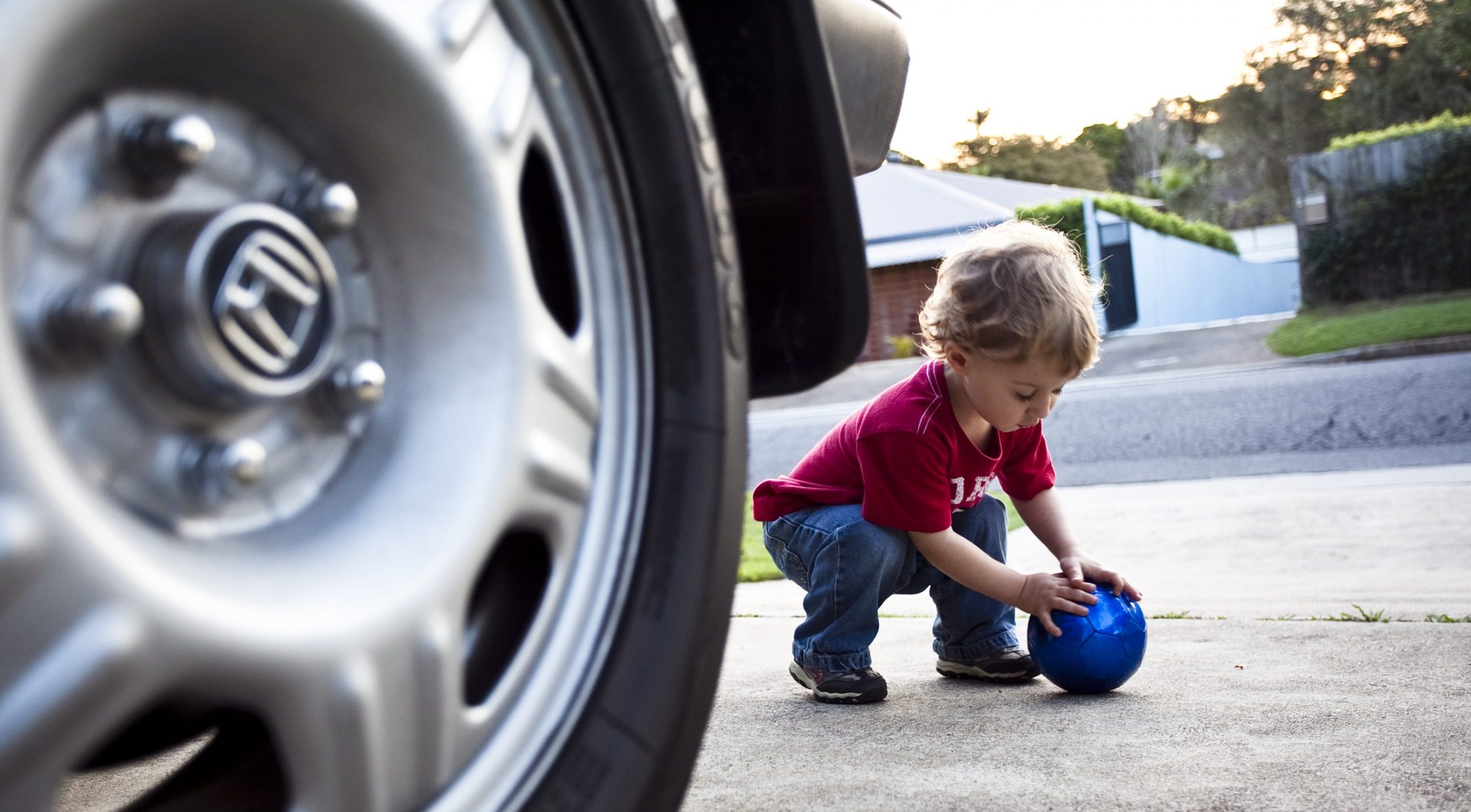Driveway and Pedestrian Danger Heading into the New School Year

With families across the state preparing for a return to school after the summer holiday break, Kidsafe Victoria is urging all road users to take extra care in a bid to reduce the risk of childhood injury.
The home driveway, a place where many school day family journeys begin and end, is an area where Kidsafe Victoria says particular care is needed.
Every year an average of 7 children aged 0-14 years are killed and 60 are seriously injured due to driveway run over incidents in Australia.
Kidsafe Victoria General Manager, Jason Chambers, highlighted the dangers that driveways can pose for children.
“Children are unpredictable. They are naturally inquisitive, as well as being surprisingly quick and mobile. This, combined with the large blind spot that exists behind all vehicles, can make it difficult to see a child behind a reversing vehicle”, said Mr Chambers.
“Even if a car has parking sensors or a reversing camera fitted, children may not be noticed until it is too late to stop.”
Kidsafe Victoria has also highlighted the dangers for child pedestrians around car parks and roads, particularly during the busy back to school period.
“Roads are designed with adults in mind, however children aren’t ‘little adults’. They don’t have as much traffic experience or knowledge and are physically and cognitively less developed than adults, which places them at greater risk of injury”, said Mr Chambers.
“During school hours there will be lots of excited children around roads, car parks and driveways, especially during the often chaotic pick-up and drop-off times, which is why it is important that all road users take care.”
Kidsafe Victoria has released a set of tips to help keep children safe on and around roads for a safe start to the school year.
Driveway Safety Tips:
Treat the driveway like a road and always Supervise, Separate and See:
-
- Actively supervise children when near driveways and ensure they are kept well away from moving vehicles
- Separate children’s playspaces from garages and driveways where possible. This can include fitting high handles to garage doors, installing fences to separate the house and garden from the driveway, and installing self closing doors and gates.
- All vehicles have blind spots which can make it difficult to see a child when reversing. Reversing sensors and cameras can help to reduce blind spoDrts, however they should never be relied upon on their own to keep children safe.
Safety when travelling to and from school:
-
- Slow down and be extra vigilant around school zones – school speed limits will be back in action so it’s important to look out for road signs advising speed reductions during school hours.
- Children should be seated in a child car restraint or booster seat that is correct for their size/height, correctly installed into the vehicle and adjusted to fit them properly on every trip, no matter how long or short.
- Set a good example by always using a designated school or pedestrian crossing to cross the road. Teach children to “Stop, Look, Listen and Think” before crossing the road and explain what this means.
- If your child is using a wheeled device like a scooter or bike to get to school, ensure that they are using appropriate protection equipment such as helmets and wrist, elbow and knee guards and know how to safely cross the road
For more information on driveway and road safety, please visit the Kidsafe Victoria website.

